Rising Security Concerns
Rising security concerns are a prominent driver in the Stadium Access Control System Market. With increasing incidents of security breaches and threats at public events, stadiums are compelled to adopt more robust access control measures. This heightened awareness of security risks has led to a surge in investments in advanced access control systems. Recent reports suggest that The Stadium Access Control System Market is expected to witness substantial growth, with a significant portion allocated to access control technologies. As stadiums prioritize the safety of attendees, the demand for sophisticated access control solutions is likely to escalate, thereby shaping the future of the Stadium Access Control System Market.
Increased Focus on Data Analytics
The increased focus on data analytics is emerging as a key driver in the Stadium Access Control System Market. Stadiums are leveraging data analytics to gain insights into crowd behavior, ticket sales, and entry patterns. This information is invaluable for optimizing operations and enhancing the overall spectator experience. By analyzing data, stadiums can make informed decisions regarding staffing, security measures, and resource allocation. The market for data analytics in sports venues is projected to grow significantly, with estimates suggesting a potential increase in investment in analytics solutions. This trend indicates that the Stadium Access Control System Market is evolving towards a more data-driven approach, which could lead to improved efficiency and enhanced security measures.
Integration of Biometric Technologies
The integration of biometric technologies, such as fingerprint and facial recognition systems, is a pivotal driver in the Stadium Access Control System Market. These technologies enhance security measures by ensuring that only authorized individuals gain entry to stadiums. The increasing demand for heightened security in public venues has led to a surge in the adoption of biometric systems. According to recent data, the biometric market is projected to grow at a compound annual growth rate of over 20% in the coming years. This trend indicates a strong inclination towards advanced security solutions, which are becoming essential in the Stadium Access Control System Market. As stadiums seek to improve their security protocols, the incorporation of biometric technologies is likely to play a crucial role in shaping the future landscape of access control systems.
Growing Demand for Contactless Solutions
The growing demand for contactless solutions is significantly influencing the Stadium Access Control System Market. As consumers increasingly prefer touchless interactions, stadiums are adopting technologies such as mobile ticketing and RFID systems. These solutions not only enhance the user experience but also streamline the entry process, reducing wait times and congestion. Recent statistics indicate that the contactless payment market is expected to reach a valuation of several billion dollars in the next few years, reflecting a broader trend towards contactless technologies. This shift is likely to drive innovation within the Stadium Access Control System Market, as venues strive to meet evolving consumer expectations while ensuring safety and efficiency in access control.
Regulatory Compliance and Safety Standards
Regulatory compliance and safety standards are critical drivers in the Stadium Access Control System Market. Governments and regulatory bodies are increasingly mandating stringent safety protocols for public venues, necessitating the implementation of advanced access control systems. Compliance with these regulations not only ensures the safety of attendees but also protects stadium operators from potential liabilities. The market for safety and compliance solutions is projected to grow, as venues invest in technologies that meet these evolving standards. This trend underscores the importance of regulatory compliance in shaping the Stadium Access Control System Market, as it compels stadiums to adopt innovative solutions that align with safety requirements.


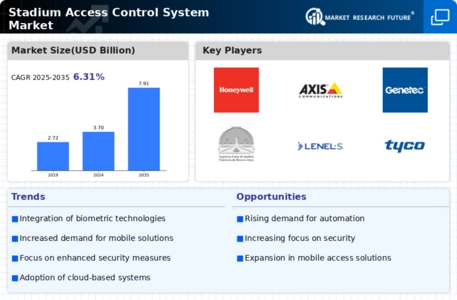
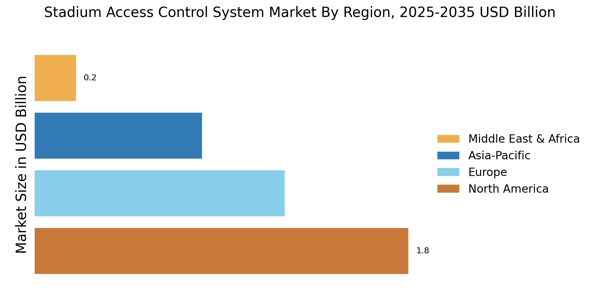
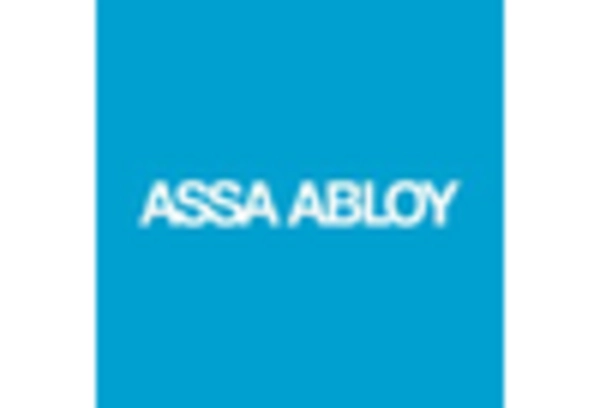

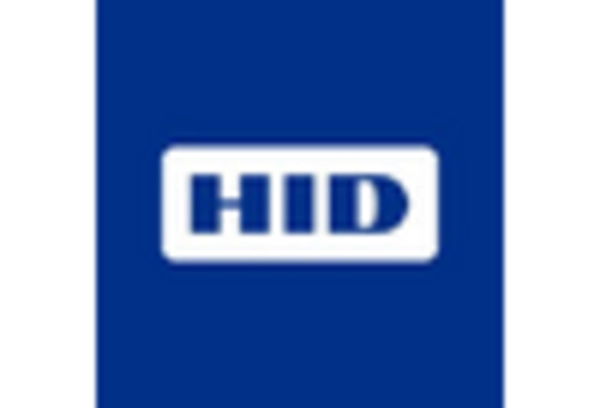

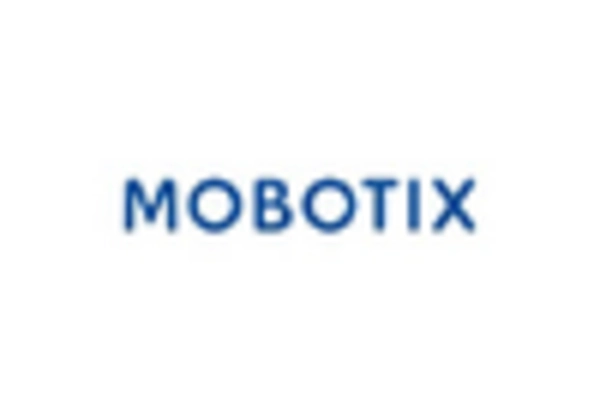
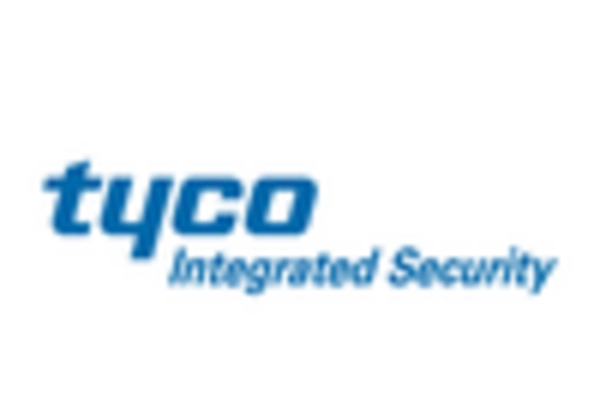








Leave a Comment